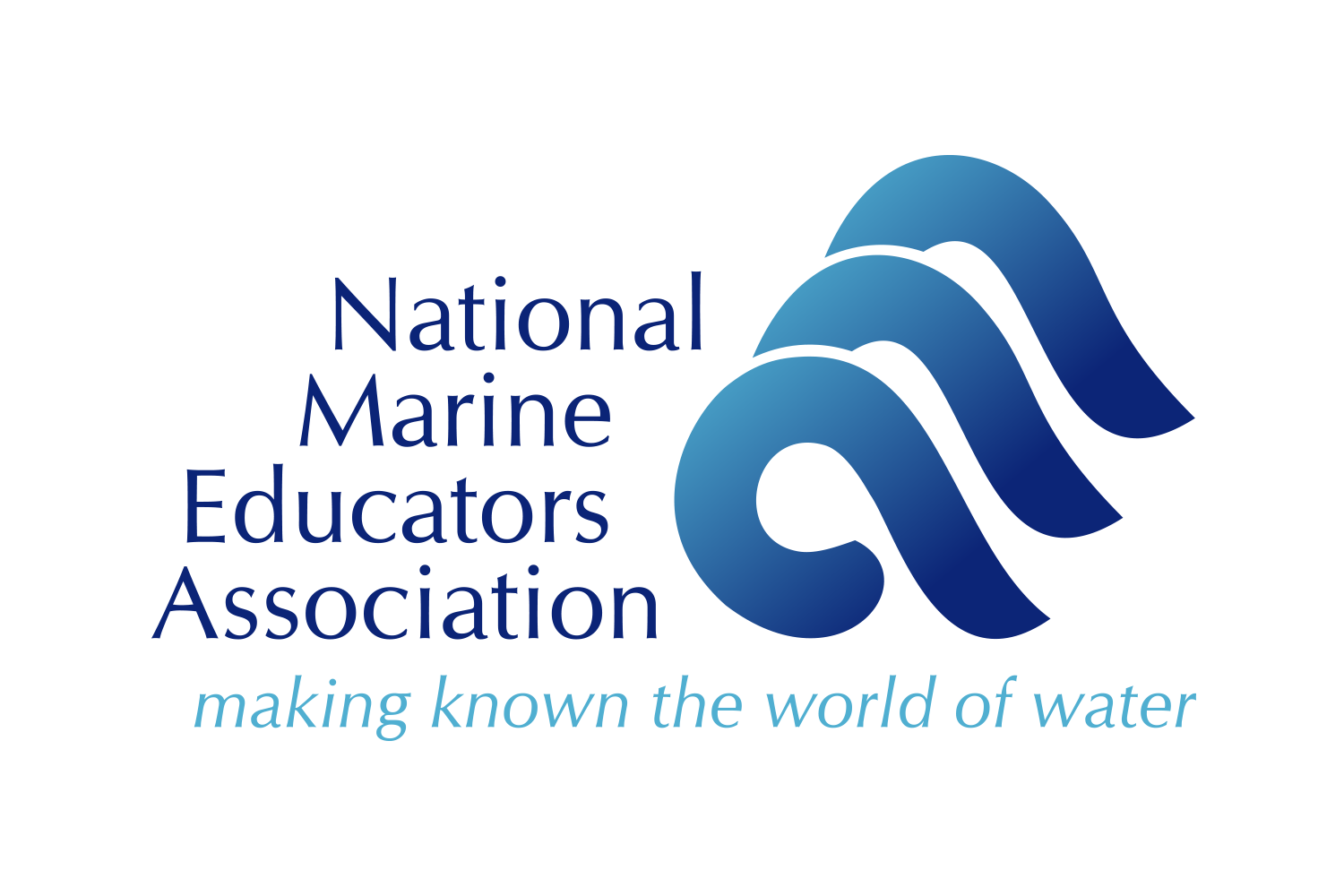A Guide for Contributors to Current: The Journal of Marine Education
Article Content
Current will consider articles on any marine subject. We are not interested in highly technical research reports nor in extremely subjective, undocumented narratives of personal experiences. Articles explaining teaching techniques and curriculum design should clearly reference the educational level and classroom context and include specific data to indicate the usefulness of the program. For all articles, we encourage you to include charts, graphs, photographs, and other graphic elements that illustrate your concepts.
Current publishes only previously unpublished work written by NMEA members. First authors must be current NMEA members at the time of publication. Your submission should include a statement indicating that the manuscript has not been published elsewhere and that you are not concurrently submitting it to any other publication. (Authors retain their original copyright, but as a matter of courtesy, please include the following credit line indicating that the article first ran in Current if it is published elsewhere later on: This article was first published in Current: The Journal of Marine Education (Volume X, Number X, Date), a publication of the National Marine Educators Association (www.marine-ed.org).
Manuscript Submission and Format
We prefer manuscripts and graphic submissions sent via e-mail to current@natlmarineed.org, but a CD can be mailed to the editor; please email for the mailing address. Please use files compatible with Microsoft Word for Windows. Text should be left-justified, single-spaced, and use a single space after all punctuation, with a line space between each paragraph. Remove tabs, columns, and other related formatting, since the designer will be laying out the text within the journal format.
The average length of an article is 1,500 to 3,000 words. We will consider somewhat longer or shorter manuscripts. Your article should include your name, title, address, telephone number, and email address, as well as the regional chapter of NMEA you belong to (if applicable).
Please submit a short abstract of approximately 100 words to accompany your article. Abstracts will appear on the public-access part of the NMEA website, but the most recent issues of the Current are accessible by members only.
Please add a brief introductory paragraph that will lead off your article in larger type. See past issues of Current as samples below. Also include two to three lines of brief biographical information, as you would like it to appear at the end of your article.
We will acknowledge receipt of manuscripts and send them out for peer review. The review process usually takes a minimum of three weeks, and authors are notified of the outcome as quickly as possible. Current is moving to an e-journal format, but if an issue is printed, authors receive three copies of the issue in which their submission appears.
Please note: While the author can suggest location or placement of graphic elements (i.e. reference to figures, charts, photographs, etc.) within the article by indicating location of graphics in brackets, it is the editor’s responsibility to review the layout and design.
Graphic Submission and Format
Graphic elements greatly enrich the articles, as well as enhancing the look of the issue in general. We prefer photographs and other graphics submitted in a high-resolution, digital format (360 dpi or higher), sent via email to current@natlmarineed.org, or posted to Dropbox. You may also mail a CD; please email current@natlmarineed.org for mailing address.
Please do not send PDF files. Do not embed photographs within Word files, but send all photos and graphics as individual JPG or TIFF files. Include proper photo credits and captions for all graphic elements. Current styleincludes captions for all graphic elements.
We encourage authors to include a “resources” section within their article, providing links to relevant websites, books, and/or curriculum.
Please note: It is your responsibility as an author to obtain permission for publication (indicated by signed release forms) of any individuals appearing in photographs. Release forms need to be signed by a parent/guardian for any photographs of minors. Please note that photos may appear on social media in the context of promoting Current.
Special Issues
If you or your organization are interested in sponsoring a special issue of Current focused on a specific marine education-related theme, please contact the editor at current@natlmarineed.org for guidelines and schedules. Themes of past issues include ocean literacy, climate change, ocean acidification, polar seas, and more.
Return to Current main page >
